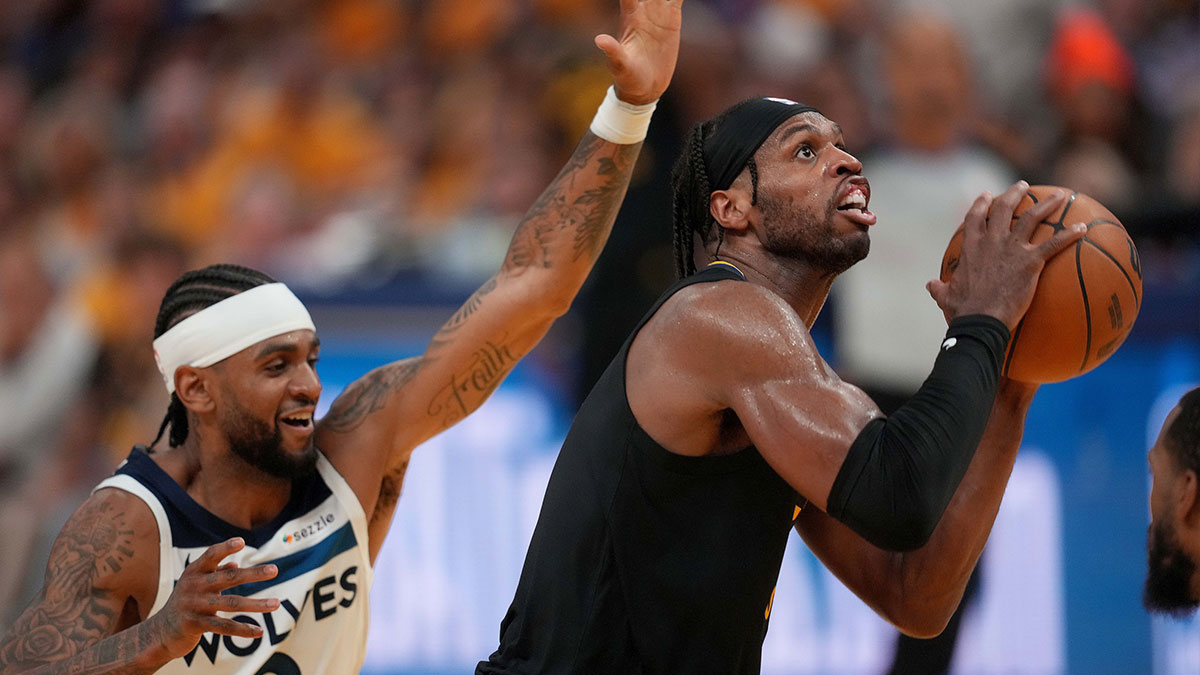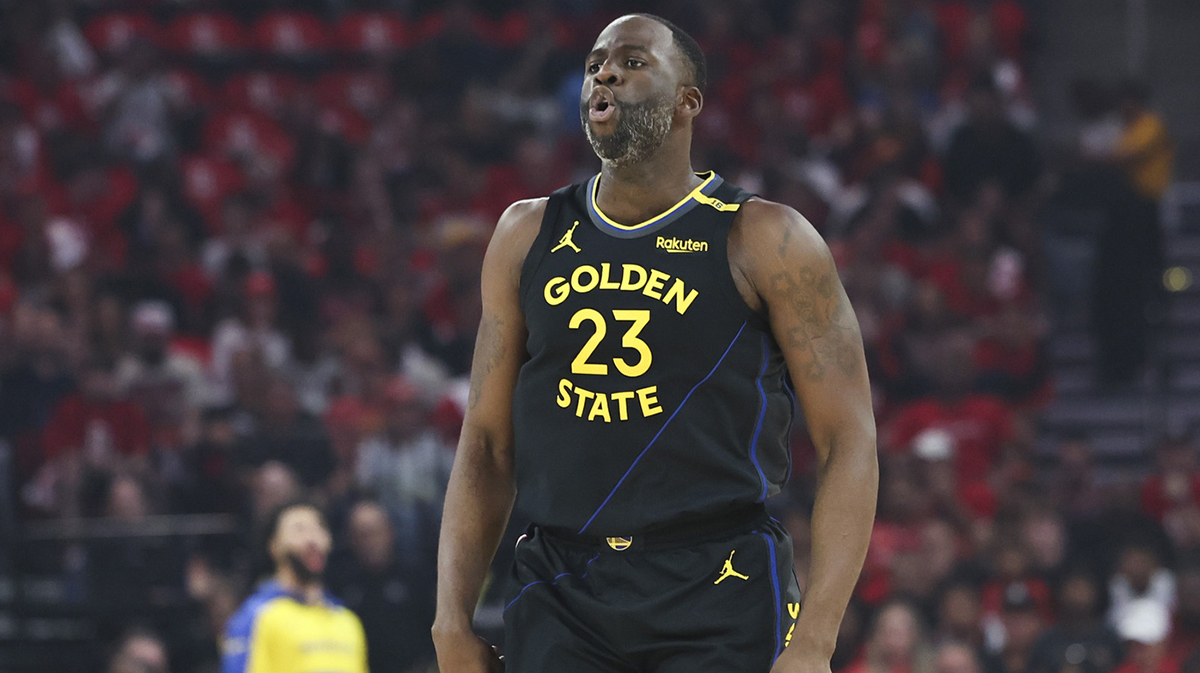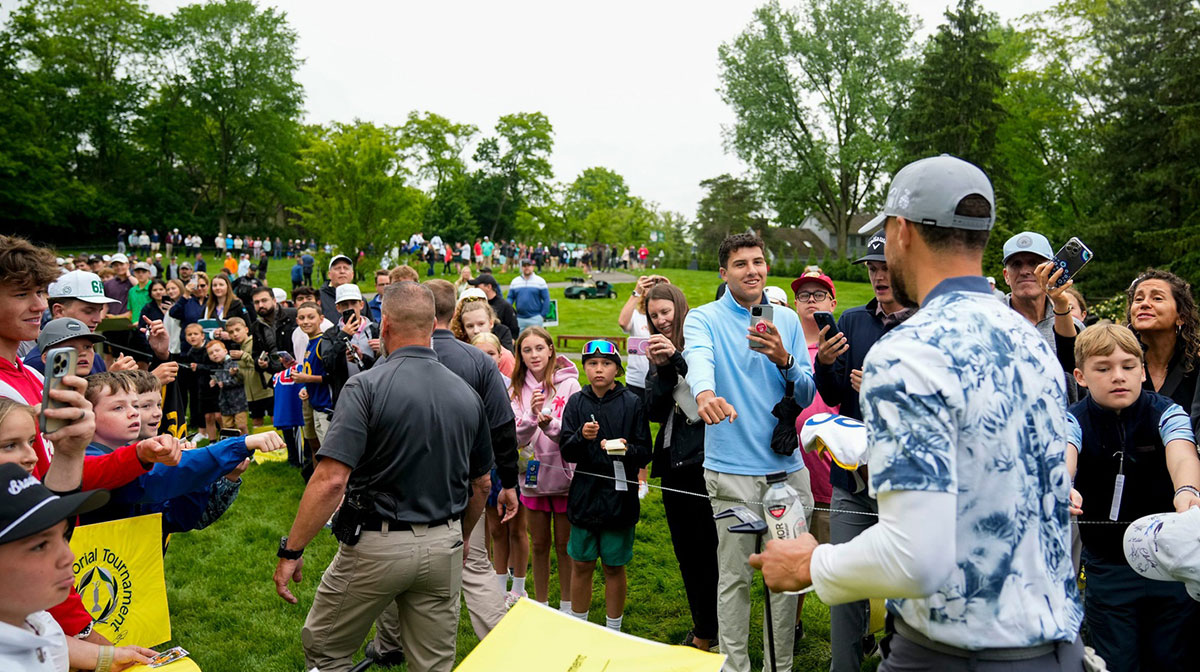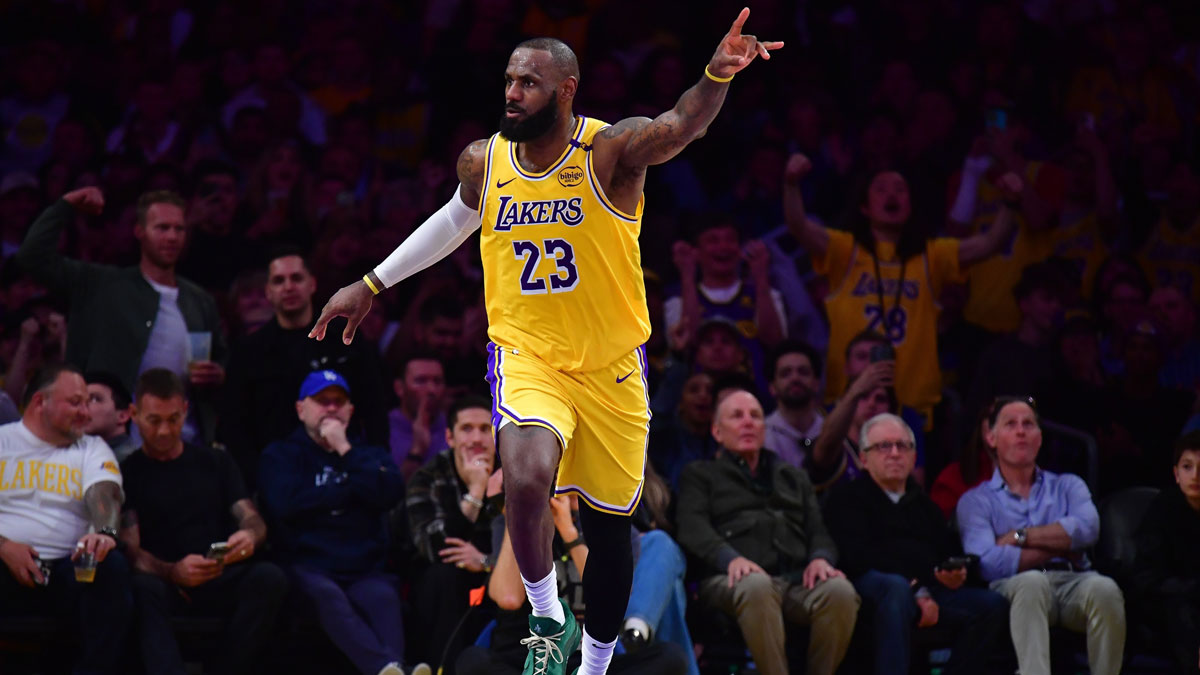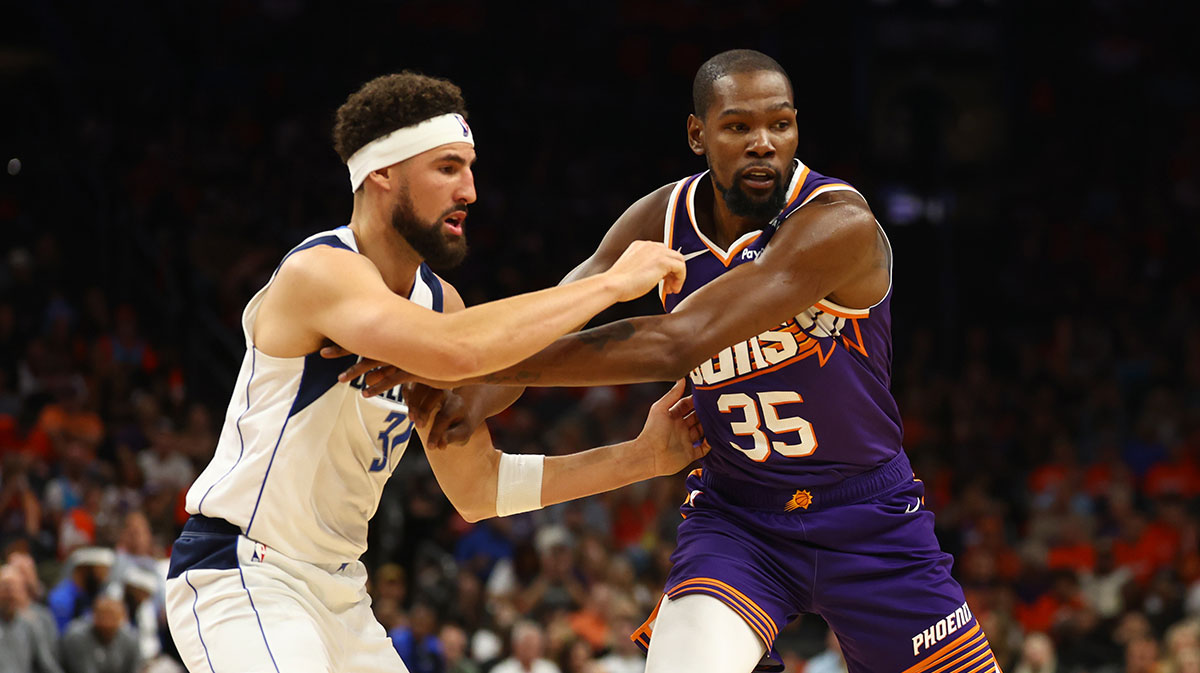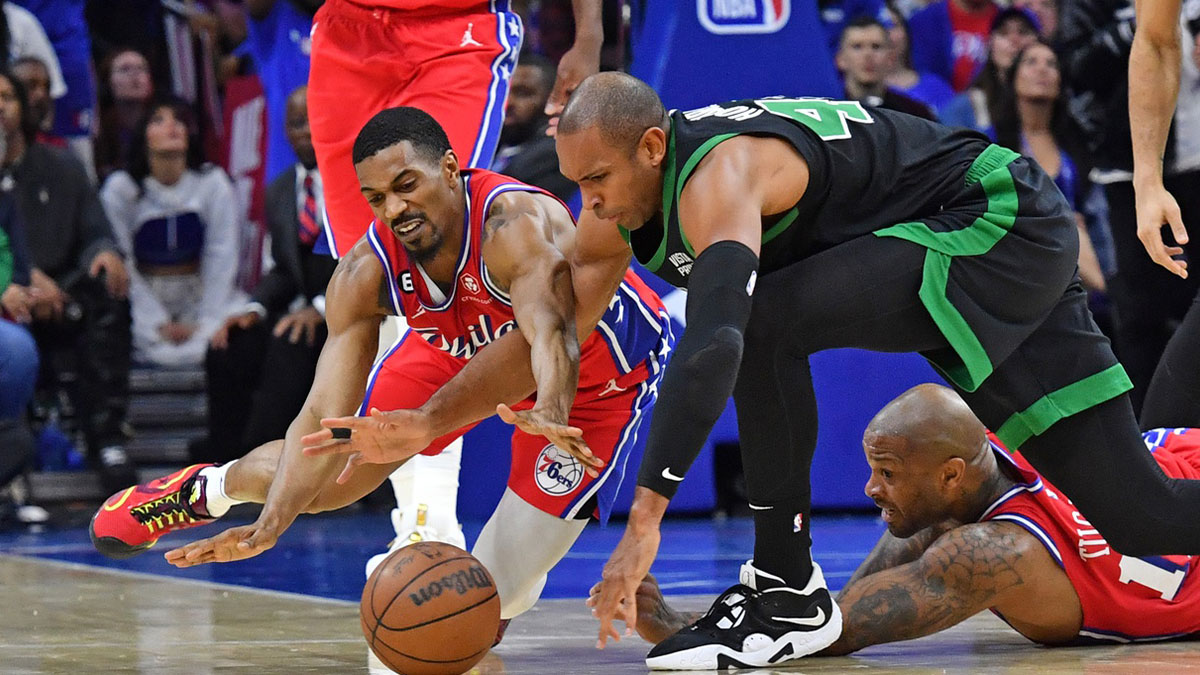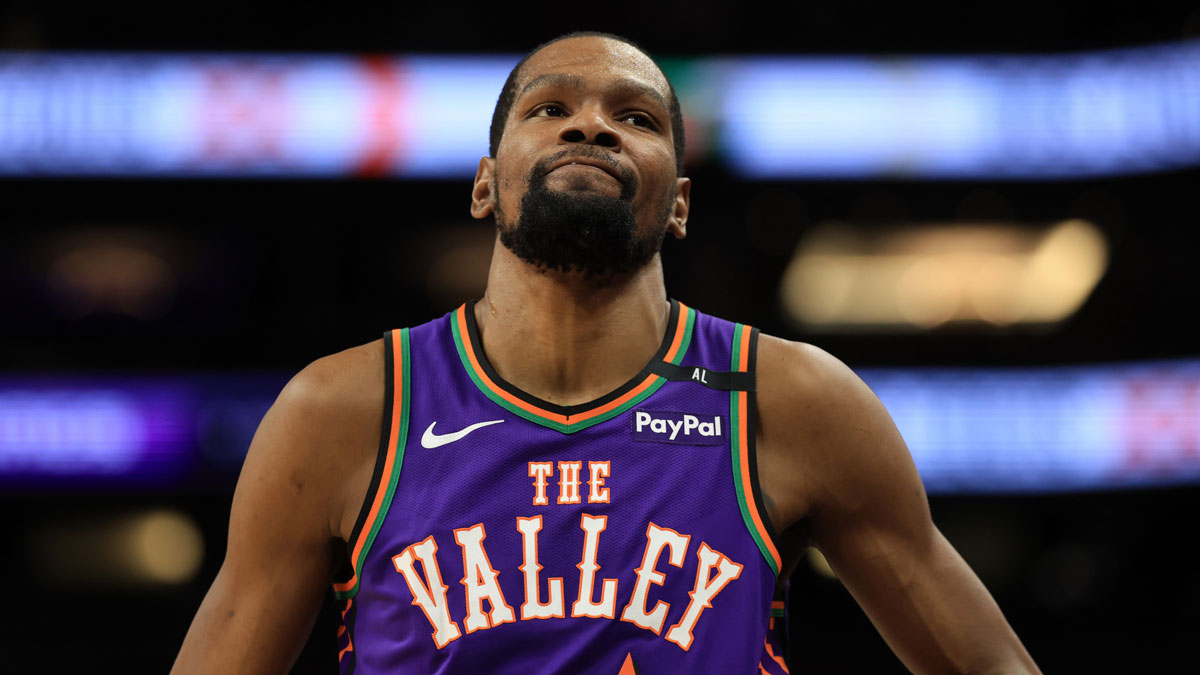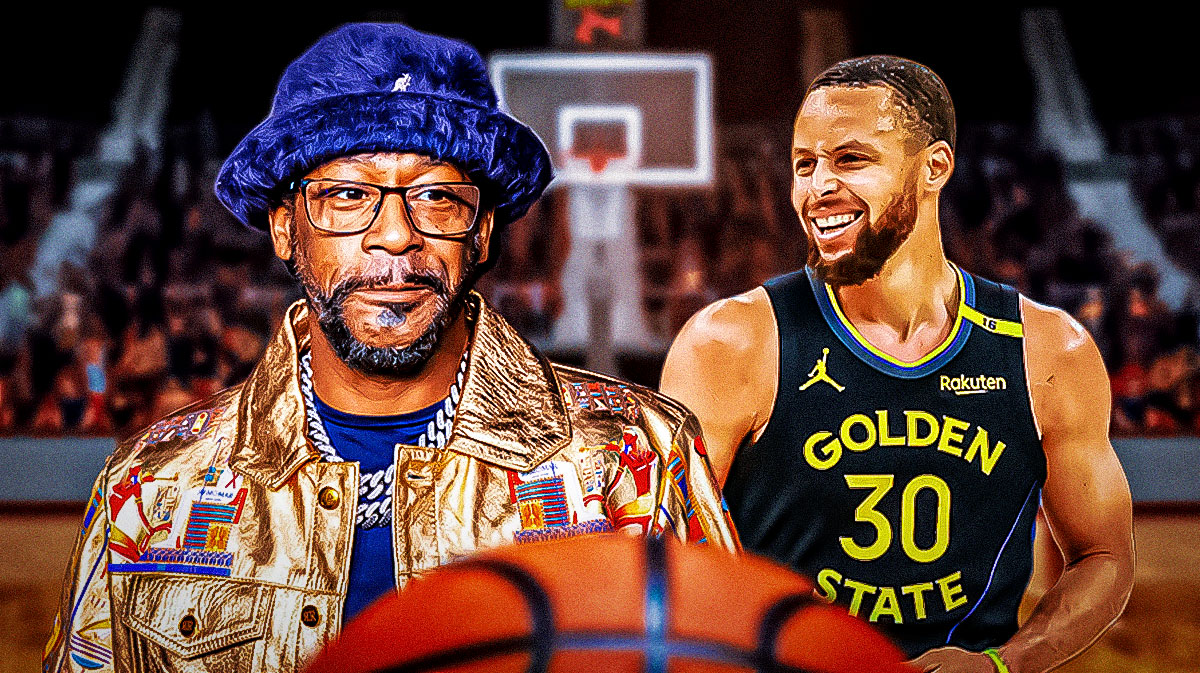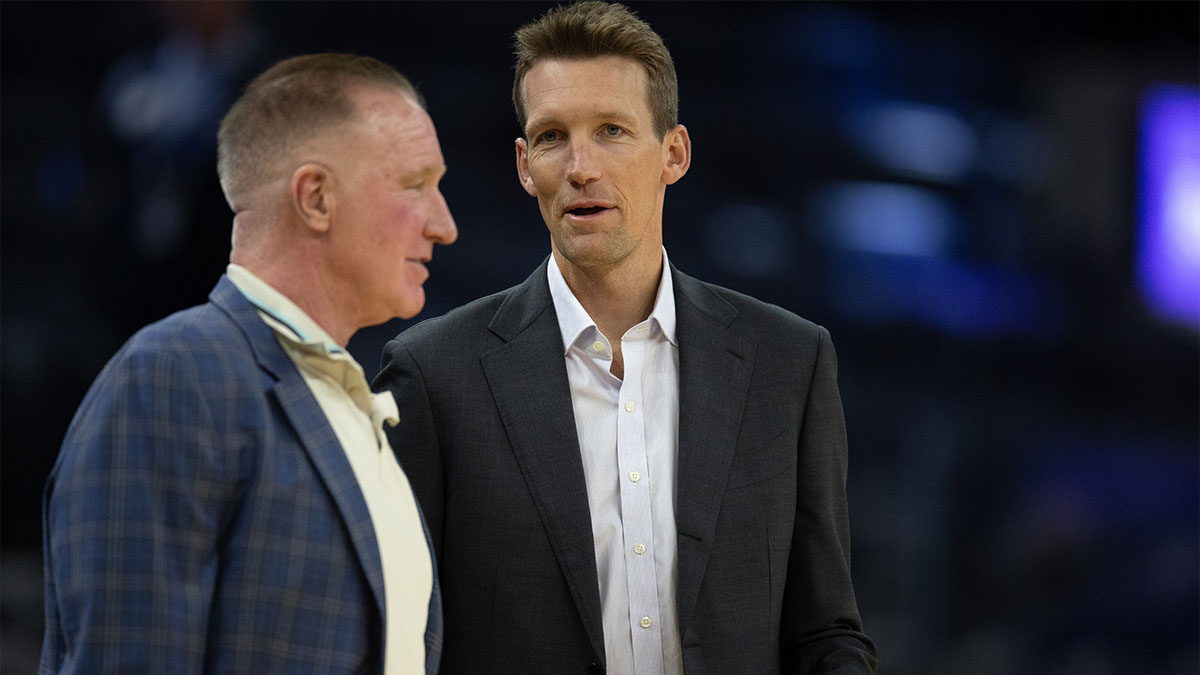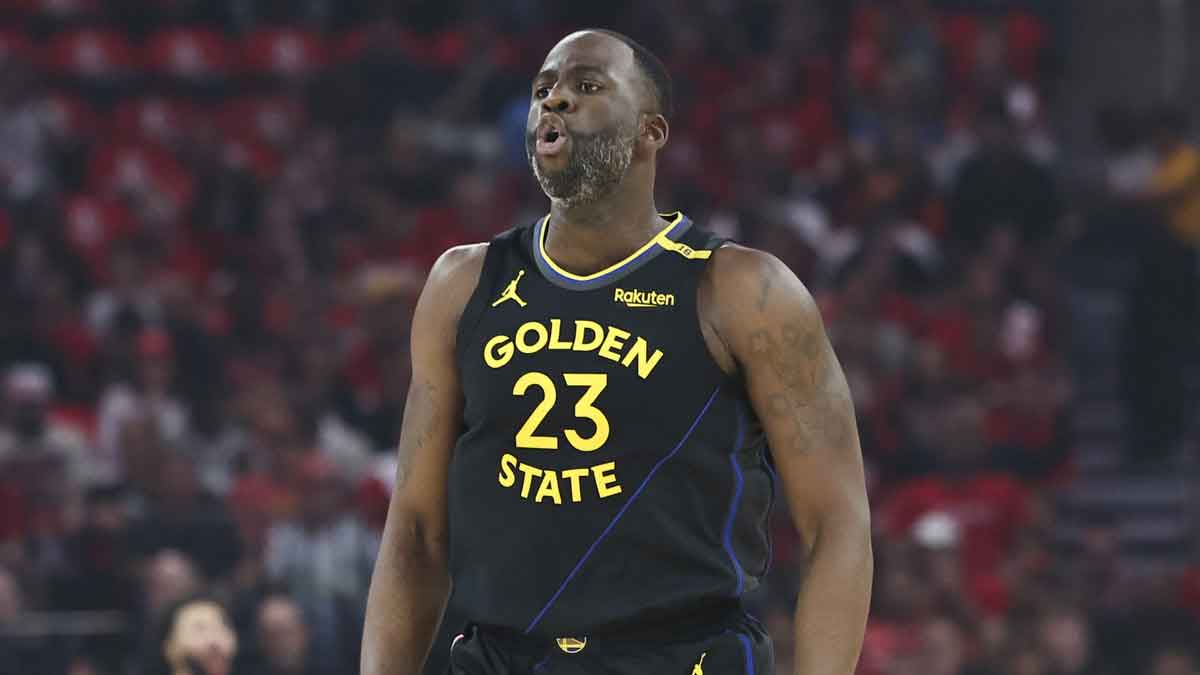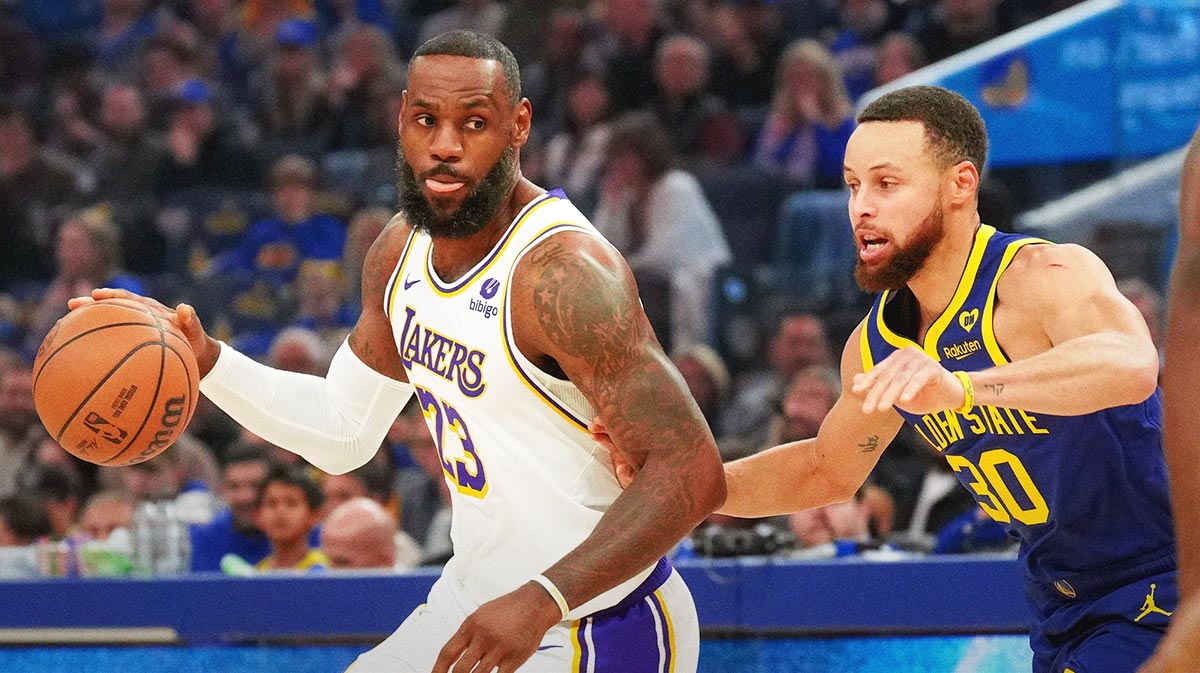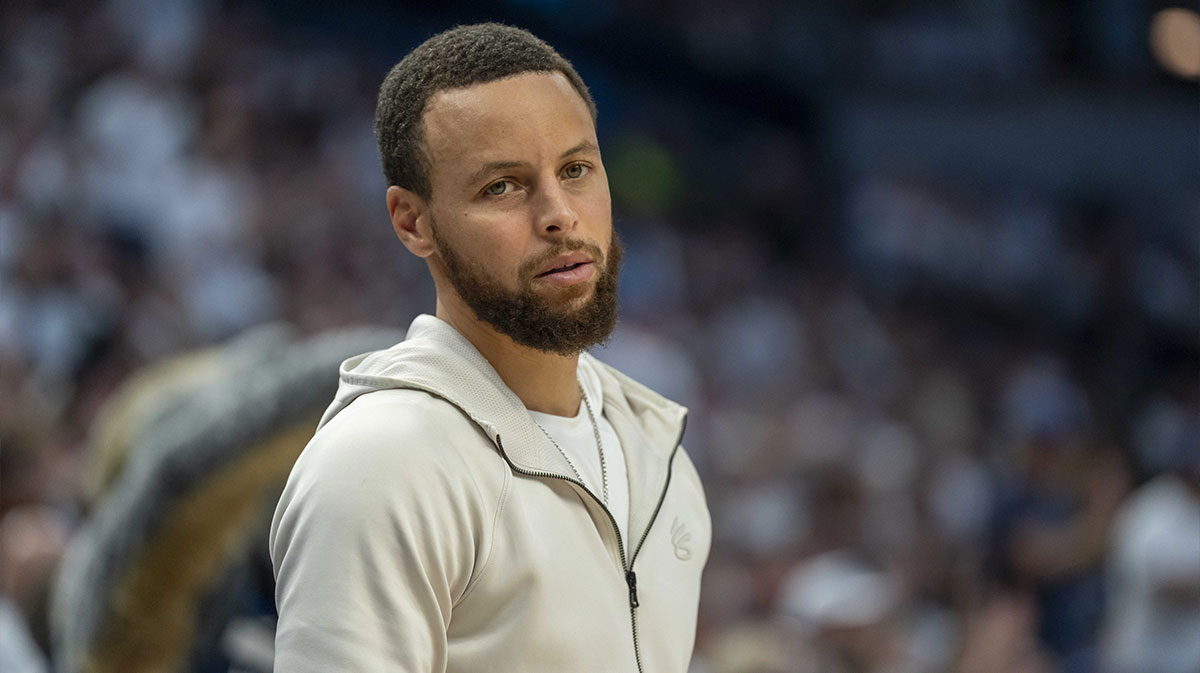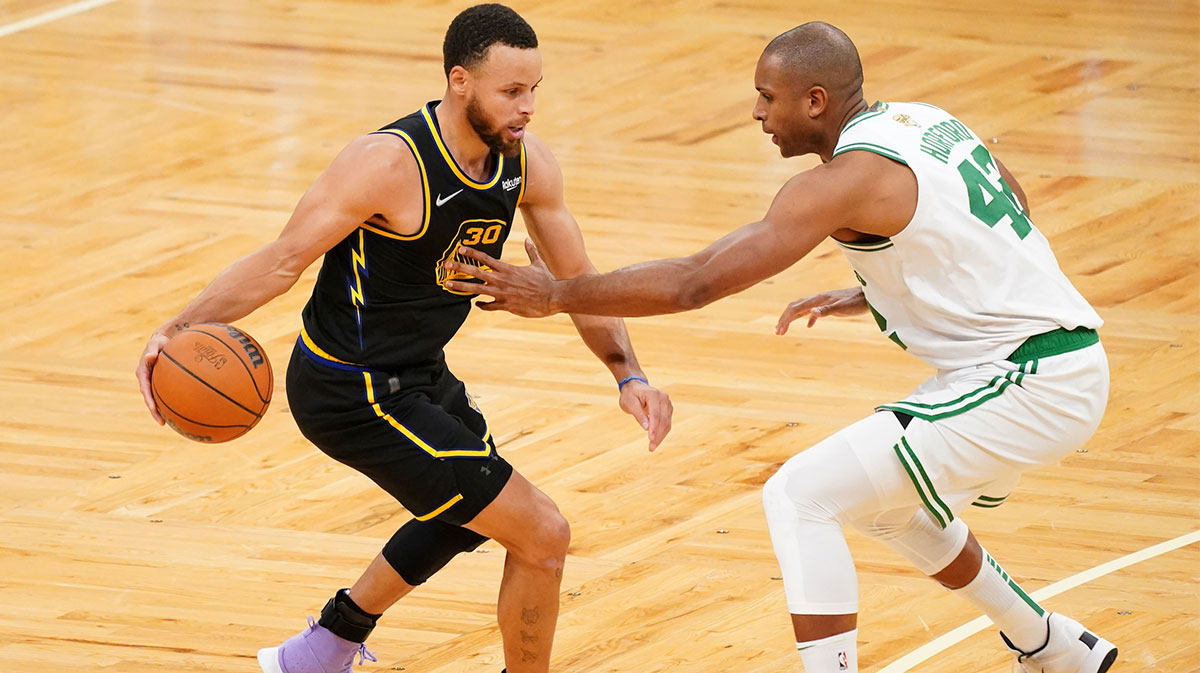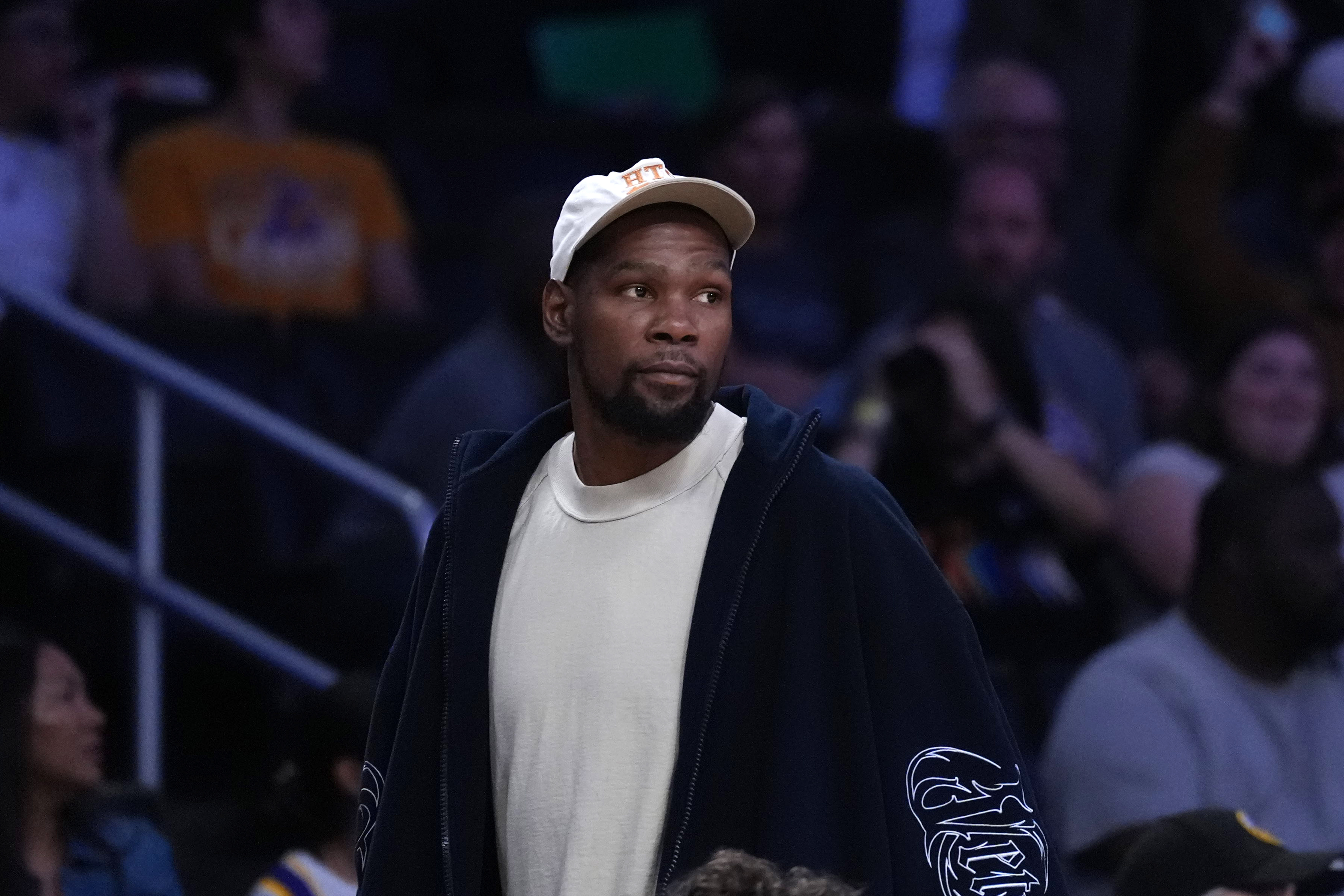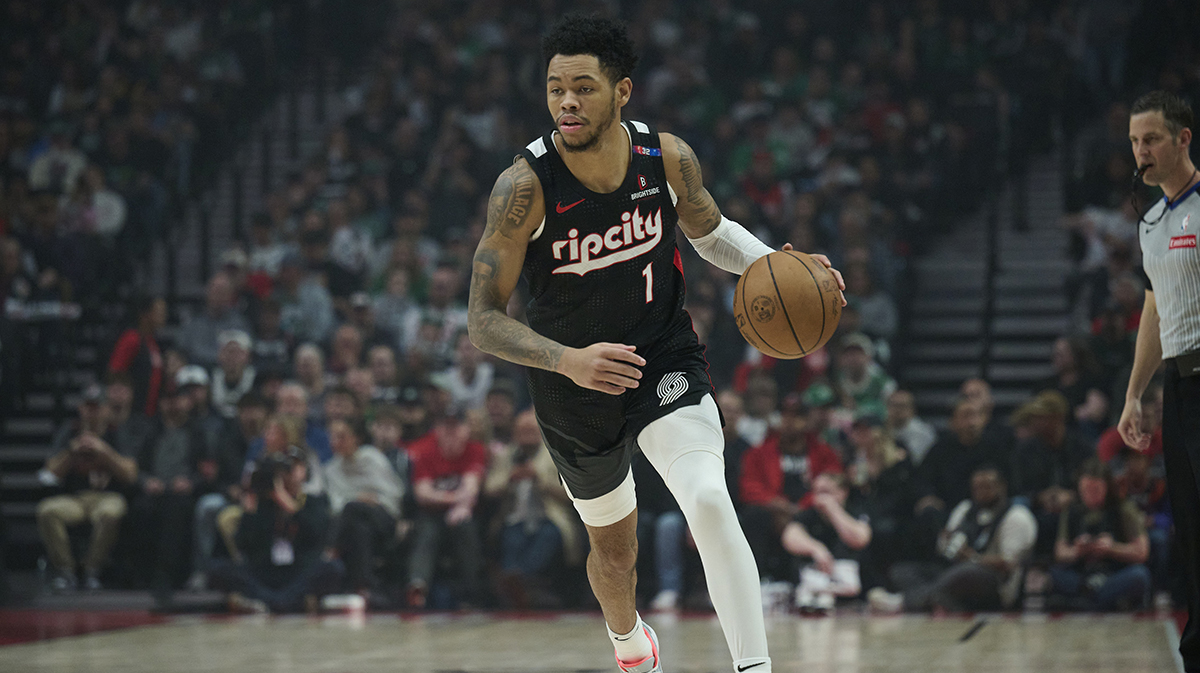OAKLAND — Motivation is one of the most fragile aspects of anyone's mind. It can spark out of nowhere in the most random settings. It can also disappear instantly, especially after good fortune lands in your lap and peak success is achieved.
What more is there to fight and grind for every day once you're standing alone on top of the mountain?
Maintaining a competitive drive in playoff games, when there's something tangible at stake and consecutive losses threaten your title chances, is easy for superstar players. Mustering the same energy in January, when the only consequence for a primetime defeat is hearing the national talking heads rip you the next day, isn't always worth it.
For the Golden State Warriors, winners of 32 of their last 38 playoff games since Kevin Durant arrived, it's not realistic for the fire to still be burning. It's a monumental difference from 2014, when the franchise was destined to break through the 40-year championship drought. Three banners later, the process of playing from mid-October to mid-June has dialed back in intensity.
No area of the game indicates a more languorous approach to the regular season for this iteration of the Warriors than their defensive vigor.

Sometimes, it mirrors the famous LeBron James method; when the team cares about making a statement, they can look as tied together as the early Kerr days. When they don't think the passion and focus are worth taxing their bodies in the winter, the results reflect it with poor performances — even during some home games.
“There's no question there have been times this year where we've been a little lethargic,” Kerr said. “It's probably human nature after so many years of competing at a high level. We've occasionally let our foot off the gas a little bit. We're halfway through. We've got to be better, more consistent, and have better overall effort in the second half.”
Much has already been made about Golden State owning its worst record through this point of the season than any since the “dynasty” started. After 41 games, they are 27-14 and on pace for just 54 wins. That would be four fewer than last season, which was notorious itself for being a massive struggle for them after the All-Star break.
A few factors are responsible for this lower winning percentage. The two most directly related are the defensive effectiveness and injury issues, the latter often exposing a lack of reliable depth behind the stars.
How the Warriors have brutalized teams in the past is their knack for getting consistent stops on defense, either forcing turnovers or with Draymond Green collecting rebounds and pushing the action in transition. In each of the last four years, they have generated a hefty portion of their offense from causing havoc on defense and unleashing on the break. Per Cleaning The Glass, the percentage of Golden State's offensive possessions that started in transition was elite from Year 1 to Year 4:
2014-15: 18.3% (3rd)
2015-16: 17.0% (2nd)
2016-17: 19.9% (1st)
2017-18: 20.3% (1st)
This season has been a completely different story, however. Golden State is only beginning 15.5 percent of its possessions in transition (13th overall), nearly five full percentage points lower than last year.
That is directly correlated to their defensive strength, or lack thereof during the November and December struggles. The more times you have to take the ball out of the basket, the fewer opportunities you have to attack in full-court situations and hunt cross matches. Opponents are exploiting some of their defensive weaknesses, shooting lights-out from the perimeter, and eliminating a bunch of the blowouts that made the 2015-16 and 2016-17 seasons incredibly relaxed for the Warriors.
Allowing 108.9 points per 100 possessions at the halfway point, the defending champions have dropped from a top-five defense in every season at the 41-game mark to now 16th, slightly below league average. Their opponents are shooting an effective field goal percentage of 51.4 percent. That's still a top-10 level, but the sheer feeling of inevitability hasn't been there:

Out of all the striking differences, ranking in the bottom tier of opponent turnover percentage is the most revealing. With the early injury to Green, they haven't been able to force as many mistakes.
It's worth noting that a handful of teams have experienced struggles on the defensive end after being among the league's best last season. Early on, before finding their groove, the Utah Jazz weren't as successful at getting stops. A lot of the differences have been related to the NBA's new point of emphasis on the “freedom of movement” rule, which prohibits off-ball grabbing or anything physical with the hands that hinders an offensive player from driving or cutting.
While the Warriors acknowledge the increased number of fouls that have been called and a higher level of caution they must have defensively, they are confident they can work around it. The ticky-tack fouls aren't the major problem for them, though. It's the number of blown coverages and attention to detail that's hard to keep intact when players are in and out of the lineup with injuries. Throw in the brand new additions of Alfonzo McKinnie and Jonas Jerebko who are asked to play important regular-season minutes, and you're going to have some miscues.
If you ask Durant, the off-ball intricacies of each defensive possession are correctable for this team moving forward. They are still going through trial and error with the on-ball aggressiveness.
“We can’t give up transition 3s, or just missed communication that leads to open shots where we’re not talking on our switches or calling out back screens and flare screens,” Durant said. “That stuff we can take out. The on-ball defense and physicality, we’ll get adjusted to the new rules, but it’s the small stuff we can take out.”
One of the main reasons he and the team aren't worried about their defensive slippage this season is the benefit of collective chemistry kicking in during the more important games. For any situation that triggers adversity, any person (or team) is likely going to revert back to what they've been accustomed to in the last few years. The Warriors are banking on that defensive chemistry mattering when the playoffs arrive.
“It’s just an everyday process,” Durant said. “It’s like when we come across a scouting report on what we want to do on a certain action, we have to communicate and see how we’re going to make this work on the floor for each other. What’s the best possible way for us to be successful? Once you try to figure that stuff out, your chemistry just builds more and more.”
With the panic button being smashed forcefully by some viewers last month, the factor that gets lost in the criticism is the degree to which certain injuries (particularly to Green and Stephen Curry) have played a role in this inconsistent defense.
Curry has missed 11 of the 41 games with a groin injury in November. In his 30 games, however, the Warriors have posted a 105.0 defensive rating when he's on the floor. That would rank fifth overall in the league as a team. Green was sidelined for 14 games, mostly with a toe issue. In his 27 games, the team has allowed a formidable 102.4 defensive rating in almost a 900-minute sample. That would rank second, marginally behind Oklahoma City's potent No. 1 defense.

Looking even closer at the ability of their favorite lineups to generate stops, they have to be encouraged looking ahead. The lineup of Curry-Thompson-Durant-Green-Looney is the Warriors' most-used combo, and it's only allowing 98.9 points per 100 possessions this season. Replace Green with Iguodala? It only slips to 102.1. The problem is very clearly when Kerr has to sit his main guys and mix-and-match the pieces from the bench.
If everyone is healthy heading into April, the rotation will have another big man to help on the defensive glass. That happens to be DeMarcus Cousins, who will likely start around that time and leave Looney to help the bench defensively.
They still have a week before Cousins is projected to return, but the second-half turnaround may have already started. In Tuesday's 27-point win over New York, the Warriors allowed just 83 points before Kerr removed his starters with 5:30 left in the fourth quarter. They were rotating crisply, active in passing lanes, and cut off numerous drives, albeit against a weak offense. With another putrid offensive opponent (Chicago) entering Oracle Arena on Friday, they want to keep the habits trending in a positive direction before a slew of difficult road games approach. After the Bulls matchup, seven of their next eight games will be on the road — five against those currently above the playoff line.
“These next 41 (games), especially after the All-Star break, we have to really hone in what we're trying to do,” Curry said. “The fundamentals and details of what makes us a championship team, creating that edge.”
Adding Cousins to the mix could potentially invite more defensive setbacks if he's a step slow or not completely in shape right away. But as the players and coaches would agree, that's a first-world problem they shouldn't be complaining about.

